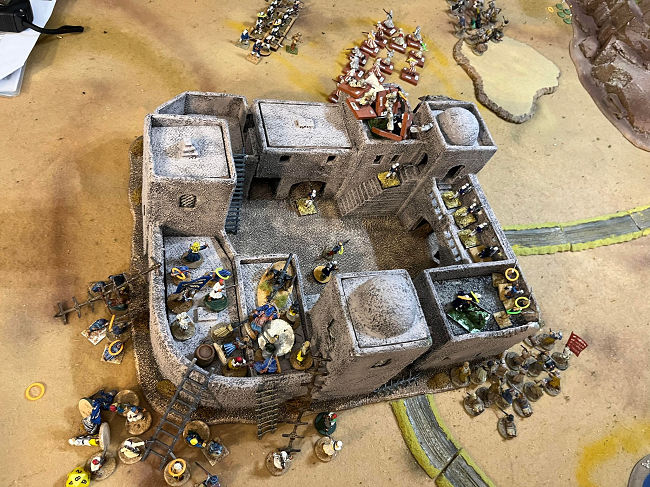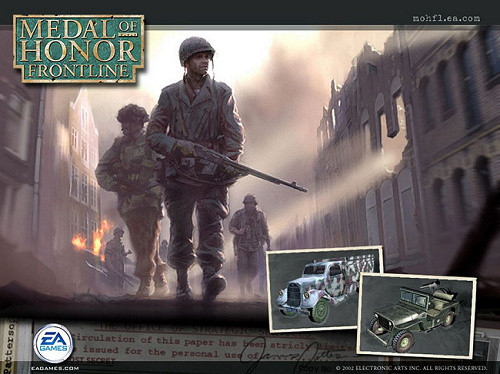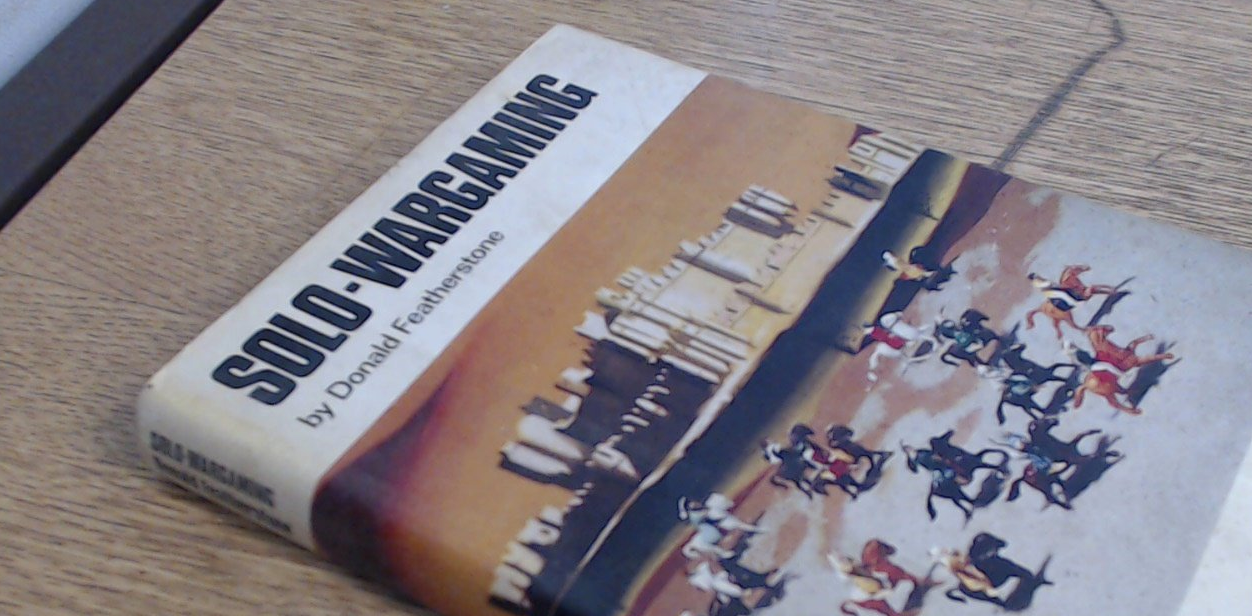The Indian Mutiny – A Gamer’s Perspective By Steven Lawrence
Republished with the permission of Publisher and Owner of MWAN Mr. Don Perrin.
This terrific article by Steven Lawrence appeared in issue 117
On the Whys and Wherefores of the Great Mutiny and How the Whole Mess
Came to Be
When the first Englishman came to India he came as merchant and soldier. During the conflicts with France and the numerous warrior princes who ruled India, a bond was forged between these English adventurers and the Indian soldiers. The English were looked on as a sort of father figure, a role that many if not all of the English assumed with great relish. These English adventurers, and most of those who followed were men who didn’t fit into the normal day-to-day life in England. These intrepid individuals were almost made for this new land. Many took to the life with great zeal. They took on the trappings of local religions, respected the local customs and ways, and they often took native wives (not to be done by a “true” Englishman). These men even administered local justice and even gave out death sentences without resort to local courts. This was the mark of a leader.
The situation was reciprocated by unbelievable love and respect among the sepoys of the John Company army. The sepoys venerated their commander almost as a Hindan god or Musselman angel. Englishmen could do no wrong in the eyes of the sepoys, even when giving out punishments or death sentences. The “gora-Iogs” (white men) respected local customs and ways, and many partook of them. Sepoys referred to their commanding officers with terms meaning uncle or father, and treated them as such. The non-commissioned officers of the sepoys were venerated among their own people, for soldiering was an honorable profession. Even the retiring soldier could expect a good marriage and a comfortable life.
This mutual admiration society continued during the conquest of India. Sepoys were offered no insult to their cast and companies were kept cast similar if at all possible. No ” untouchables” were accepted for military service, and few of non-soldier castes were taken. Commanding officers and European NCO’s remained with the same regiment throughout their careers. These soldiers displayed a singular loyalty to their “children” as they called their sepoys. But changes were in the making.
As the company grew, so also grew the need for “Company Men” and civil servants to carry out the ever expanding task of ruling this Empire. The Company offered substantial pay for these new positions and transfers from the army of young officers fresh out from England and seeking rapid advancement. This effectively robbed the army of promising young men, who might have learned from regimental commanders nearing retirement and who would soon be replaced. This chance to make one’s fortune attracted an entirely different type of individual to India. These men were not sympathetic to the Indian native or the way things were done locally. These men frequently brought their wives and tried to convert India to England, a task utterly beyond anyone’s capacity. They were arrogant, with airs of insufferable superiority.
They flaunted their disregard of all things Indian, and often committed acts of utter stupidity when dealing with local nobles.
With these men came a new problem; Christianity of a different and aggressive form. There had been Christians in India even before the first British and French trading posts. Most Indian leaders accepted it as a full-fledged religion worthy of equal respect as Mohammedanism and Hinduism. But with the new men from England came a very aggressive form of religion. This new form brooked no opposition and was very bound up with the British form of Manifest Destiny. Sepoys were forced to suffer insult to caste
and food laws by their unthinking commanders. Often “Company Men” required all native workers to be “Christian” to hold any job of importance. The power of Christianity was undermined by these methods, which led many native Indians to lie about their religion in order to work. Christianity became a religion to be feared or ridiculed, not respected as it had been prior to these changes. Many Indians came to believe that the Crown and Company were trying to forcibly change them into good little Christian soldiers. This was never the official policy, but it was the unofficial agenda of many of the new breed of Englishmen in India. Even more deadly to the Company and Crown were those men who considered the native Indians to be little more than animals. These men often went out of their way to insult and belittle the natives.
The sepoys were slow to react to this changing situation. A few regiments mutinied from time to time for various reasons. The standard reaction to mutiny was time in the guardhouse, or hard labor if some other infraction was committed as well.
Indian sepoys tended to view military service in the same light as American Militia. He could go home when the family needed him and if things weren’t going as he thought they should, he mutinied. He considered an act of mutiny in the same light as a two year old considered answering “no” to Brussels sprouts. He was simply paying off an act of breaking faith with his own act of breaking faith. The concept of irrefutable truth and honor was not a part of the Hindoo and Musselman way of life.
The “old” Englishmen accepted and worked within this framework and treated mutineers (a rarity) as recalcitrant children as the mutineers returned to camp (which usually occurred rapidly). This treatment of mutineers created a strong bond between commanders and their men. The “new” Englishmen had a completely different idea about mutineers. They hanged them; quickly and without trial in most cases. Hardly a show of compassion, understanding, or fatherliness to the sepoys, this new policy was never officially announced to the sepoys. This lead to the sepoys viewing their arrangement with the Company in a new light, and it led to more mutinies and more hangings. Additional damage was done when several regiments were ordered to ship out from India aboard ship to Persia. This would destroy the caste of these regiments.
There would be no way for them to prepare their own food, or to clean their own cooking utensils, as required by the Hindoo laws. Misunderstanding followed misunderstanding, and insult followed and the problem grew. Yet the sepoys still clung to their faith in their “fathers,” the regimental colonels.
The final blow to the relationship came with the announcement of the new Enfield rifle and its cartridges. Previously the sepoy made his own cartridges and knew what was in them. The Enfield cartridge would be mass manufactured, which by itself was a blow to the cast of the sepoys. When a rumor began circulating that the cartridges would be covered with cow and pig fat, an act that would destroy the Hindoo’s caste and make the Mussleman unclean before Allah (it was actually mutton fat, which was offensive to neither religion), the die was cast. To this was added a rumor that when all sepoys were made unclean this way, then the Christians would force them to join their religion, and the situation took on a new urgency. It was now a war for home, hearth, and religion, always the most horrible of wars. Add to these problems the prophecy of the downfall of the English Raj in India, which was to occur 100 years after the great victory of Clive at Plassey in 1757.
The rumors ran rampant in the regiments of Bengal and Oudh as the disaffected and bewildered sepoys listened to tales of the horrible things their English masters planned for them. Dervishes and prophets arose everywhere. The native population was also aroused by the tales and prepared for the fall of the Raj. Chupattis (small hard cakes of rice) were passed from village to village, but no one central agent of the unrest could be found. The English were perplexed. Some understood there was something wrong, but no one could figure out what it was.
The English regimental commanders (and possibly others as well) refused to countenance the possibility that their regiment might mutiny. Maybe some other colonel’s men might do so, but “never my children.” The government officials seldom knew enough about local customs and lifestyle to even have an inkling of what was about to occur. And when it did occur, the shock was enormous.
The actual start of the Great Mutiny was at Meerut. A group of sepoys had tried to mutiny but were stopped by British troops. A sepoy, Manguel Pandy (from whence comes the nickname of the mutineers – Pandies) fired a rifle and wounded a white officer. He was hanged. Several days later men of the 3rd Bengal Light Cavalry refused to handle the Enfield cartridges and were jailed. The other men of this regiment moved to free the jailed men. The other native regiments of infantry and cavalry rallied to the aid of the 3rd BLC. As this occurred, the Budmashes and Goojurs of the town erupted in a frenzy of killing. The situation would have been worse if the 60th Rifles hadn’t delayed Vespers call, due to the heat, by one hour. They were supposed to be in church as the mutiny broke out, but they weren’t much to the dismay of the mutineers. The rebels proceeded to march on Delhi demanding the 82-year old king of Delhi become their leader. Delhi soon became a bloodbath also.
Even as the bloody sepoys attacked them, most Englishmen and women stood about in shock at what was happening to them. Some even attempted to order the blood-crazed rebels to cease and desist their actions.
The atrocities committed were acts of bestial fury and a misplaced religious hate that erupted and found no authority to direct its course. Things were done that were almost too foul to be mentioned. These acts were reciprocated by British soldiers later in the reconquest of Bengal and Oudh. The general effect of the atrocities was to galvanize the home population of Britain into a decisive action. The mutiny was begun and its ending would be a long and brutal affair.
The Nature of Names and the General Look of the Army of Her Majesty Queen
Victoria I and John Company in India
This section will cover some important terminology and basic uniform information for the Great (or Indian) Mutiny.
Terminology
There are a number of terms that will require definition for many readers. The following summary should help.
Silhadar Horse – Also know as sillidar or silhodur, these fine horsemen supplied their own horses and were often semi-mercenary at best.
Sowar Horse – These men had their horses provided to them by the employer. All British raised native cavalry units, except for native irregular cavalry, were of this type. Sowar became common usage for all Indian cavalrymen in British service.
Budmash – The market toughs and thieves of India. These people quickly joined the mutineers and were most likely responsible for the greatest number of atrocities, either by direct action or by instigation of the mutineers. Primary arms were a stick or sword.
Goojura (or Goojars, Gujars) – Mounted bandits living off the Indian countryside. Goojurs also joined the mutineers with great abandon, and like bud mashes were to cause many atrocities and seldom, if ever, fought with any bravery or honor.
Uniform Notes – British & Loyal Troops of the Indian Mutiny
British dress uniforms consisted of a red wool, hip length coat with pointed cuff in the regimental color and white trim. Trousers were blue-black (more black), also of wool with a 1 1/2 inch red stripe down the outer seam. A round pillbox cap with white trim, and short black boots with anklets completed the uniform. All belts were white, with a black cartridge box in the rear. Waist belts were common. Haversacks were used by most men on campaign. The canteen was replaced by a blue water bottle of local Indian make. All non-officer ranks carried the standard issue muzzle loading musket, which was being replaced by the Enfield Rifled Musket even as the Great Mutiny started. Officers carried a variety of personally obtained weapons, consisting normally of a revolver and a sword. Some officers carried a carbine or a shotgun. The dress uniform was worn by the 75th Regiment of Foot during the entire Mutiny and by several other formations at one time or another.
The highlanders wore a similar uniform, but the coatee was cut shorter. Trousers were replaced by a plaid kilt and diced stockings. Spats were worn with low cut shoes. Headgear was the same diced, feathered bonnet worn in the Napoleonic Wars.
The King’s Royal Rifle Corps (60th Regiment of Foot) wore a uniform of similar cut and fabric to the line regiments, but was entirely of rifle green (in the mutiny, this quickly became a charcoal gray with deep olive tint), black collar, cuffs, and frogging and no trim. The Rifles wore this uniform exclusively during the entire mutiny. The regiment was the most proficient with the new Enfields because the Rifles were the first to receive the new rifle.
The Naval contingent, who accompanied the siege train and guns to Delhi, wore blue tunics with white tallywhackers, trimmed in medium blue, and white bell-bottom trousers. All belts, equipment, and shoes were of black leather. A straw wide-brimmed hat with a black ribbon bearing the ship’s name around the crown topped off the uniform. Naval officers wore a long navy blue frock coat, white trousers, and a wicker helmet. Officers carried a revolver and a sword. All other ranks carried the Enfield rifle and a sword bayonet.
European Volunteer Regiments wore uniforms of similar cut to British troops. The men were usually veterans. Although off less discipline in parade ground maneuvers, they performed with excellence on campaign, particularly the Bengal regiments.
In the mutiny, most regiments wore the undress whites cut similarly to the dress uniform but without trim. These were usually dyed “kharkee” (meaning dust in Persian), a shade that varied from pale yellow-cream color to slate gray. The shade of kharkee depended on the dying agent used (anything from dust to tea). This color was seldom even close to uniform, even within the same company – not to mention the entire regiment.
British cavalry usually wore undress whites, but a few dyed them due to a generally more nit-picking attitude among their commanding officers. The 6th Dragoon Guards wore their dark blue wool uniform and unlined brass helmet throughout the mutiny (leading to large numbers of men being unfit for duty due to burns on the forehead). The 10th Hussars and the 17th Lancers wore the blue fatigue uniforms and white covers over their headgear. Light Dragoon Regiments wore an unusual tall kepi.
This was normally covered with a padded cover without a havelock (a white cloth that covered the cap and hung down the neck to the shoulder of the wearer).
The European Volunteer Regiments wore kharkee and often resembled late ACW Confederate units in general appearance. The notable exception was ” Neill’s Bluecaps,” better known as the 1st Bengal Fusiliers. The nickname came from their havelocks (designed by Gen. Henry Havelock) being various shades of blue; no white being available when they left to join the army.
Headgear took several forms, most common being the field cap, which resembled the Kilmarnock cap of the later Gurkha regiments. This was normally covered by a havelock. Some field caps had a visor attached. Also worn were wideawake hats of cloth or wicker, which resembled a straw hat worn by vaudeville soft-shoe men. The Rifles and Neill’s Bluecaps wore the odd high kepi also seen on the light dragoons. No cover was worn by the Rifles. Slouch hats of ACW fame, kepis, and a wicker helmet similar to the later cork helmet but with a central ridge on the crest that was open at the front acting as a heat duct finish out the list of headgear.



